flowers and plants
Thorns Are Only There To Protect The Rose
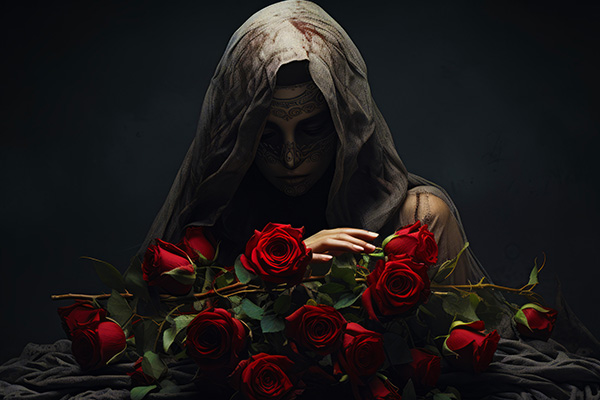 Each time we turn to unnecessary conflict, things turn into chaos. It stirs up the aura around each person involved. The ripples of anger and hurt affects everyone involved.
Each time we turn to unnecessary conflict, things turn into chaos. It stirs up the aura around each person involved. The ripples of anger and hurt affects everyone involved.
This doesn’t mean we can’t ever stand up for ourselves, or disagree. In fact, statistics prove that couples who never argue most often don’t last in their relationships.
A good storm now and then can clear up things and allow us opportunity to express the things we have been suppressing.
But often we hold it in for too long, and then it blows up. When this happens, the drama is often worse than it needed to be. We say things we later regret. We are even surprised by some of the things we say when we get this upset! Where did that come from?
Then, as time goes on, we want to make amends. Yet, those words caused a hurt that never really leaves. Sometimes an apology is no longer enough.
I know that it is hard to do, but it is mostly for the best not to stir the pot when it is already too late. The wisest way to handle issues is to bring them up early on. Talk and work them out before they blow up.
Love is like a rose. Roses are so beautiful, with their sweet smell, the velvet petals, brilliant colors, and heady scent. It overwhelms the senses.
Create Your Own Energy Cleansing Spray
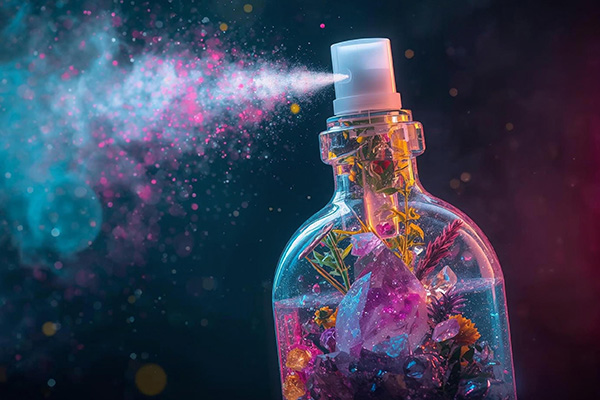 Remember the last time you changed out a dirty air filter from your air-conditioning unit, vacuum cleaner, or your car? Remember how clogged with dust it was? In our living spaces, negative energies accumulate over time just like those ‘dust bunnies.’
Remember the last time you changed out a dirty air filter from your air-conditioning unit, vacuum cleaner, or your car? Remember how clogged with dust it was? In our living spaces, negative energies accumulate over time just like those ‘dust bunnies.’
Even though we can’t see these energies, there is a way to clear them on a regular basis. Think of it as the spiritual version of house cleaning.
Just as we’re drawn to refresh our surroundings with a good spring clean, our homes and sacred spaces crave energetic renewal, too.
Energies from arguments, stress, illness, or even just the daily grind can leave behind subtle residue. This energetic debris doesn’t vanish on its own. Left unchecked, it can affect your mood, your sleep, and even the flow of abundance into your life.
The first and most obvious step to take is to physically clean your space. Clutter and unwanted items work as repositories for negative energy, so it’s important to get rid of it.
After you’re done, imagine the space being deep-cleaned with an indigo or violet-colored flame. Use this as a silent meditation, and picture the flames consuming all that invisible ‘dust.’
And, just like your body or your car, your space can be cleansed and cleared of obstructions.
The easiest way to do this is to create a personal essential oil blend, which can be sprayed throughout your office and home. If made right, these smell wonderful, although their main purpose is for energy clearing and not aromatherapy.
Here’s what you’ll need to make your very own space-clearing spray blend. The ingredients can be purchased at an herbal supplies or natural products store.
Heal Your Home With The Power Of Water And Air
 Your home is your refuge. It is where you re-charge your energy like a battery. It is so important to make it a sacred, safe, healing place for you and your family.
Your home is your refuge. It is where you re-charge your energy like a battery. It is so important to make it a sacred, safe, healing place for you and your family.
When your home’s energy is aligned, you feel more peaceful, more vital, more connected, and you open the door to prosperity, abundance, and well-being.
It always surprises me how many people forget to include spiritual principles and metaphysical resources in their approach to home care. People work to keep their homes clean, pay all their utility bills on time, install fences and security systems, and make sure everyone inside is well-fed and hopefully happy.
But few consider that the home protection and harmony doesn’t come from physical maintenance alone. It comes from energy.
Your home’s energy field needs just as much attention as its walls, pipes, roof, and locks. And yet, few people take proactive steps to cleanse, harmonize, and elevate the energetic well-being of the space they live in every day. It’s not just about how your home looks or functions, it’s also about how it ‘feels and flows,’ and how it supports the energy of everyone inside.
Most often it is water and air, the simplest elements of our living space, that that go unattended, and over time this quietly erodes our physical, mental and spiritual health and well-being.
The Powerful Properties Of Lavender And Sea Salt
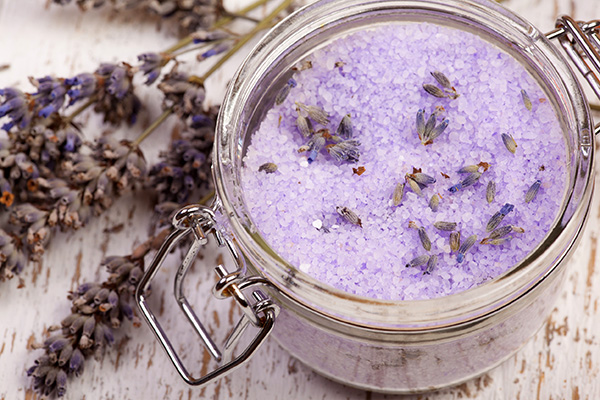 If you’re looking for natural, organic ingredients to purify, cleanse and detoxify yourself and your space, there’s no better choice than lavender and sea salt.
If you’re looking for natural, organic ingredients to purify, cleanse and detoxify yourself and your space, there’s no better choice than lavender and sea salt.
These two ingredients are relatively inexpensive and easily found. You can even make potpourri or enjoy a relaxing bath with homemade salts without breaking the bank.
Depending on your preference, and its intended use, you may wish to obtain your lavender in crushed or essential oil form. Either can be found at an esoteric or herbal shop.
In crushed (flower) form, lavender is well-known for its aromatic quality and can be mixed with another floral scent if preferred. Lavender is also famous for its autoimmune properties and ability to stimulate mental clarity, including psychic ability.
If you like the scent of lavender, as so many do, consider buying it for multiple locations: your bath; a sachet for your pillow to assist in dreamwork; and a vial of essential oil for the nightstand.
Lavender is a cleansing herb; its name comes from the French word meaning “to clean”.
We all look for quick fixes in life to detoxify and relax, and there’s no better way than this herb which has been used for centuries. For those who practice psychic work, it is a must-have. Just be sure to test yourself for allergies first!
Why Psychics, Healers And Empaths Use Essential Oils
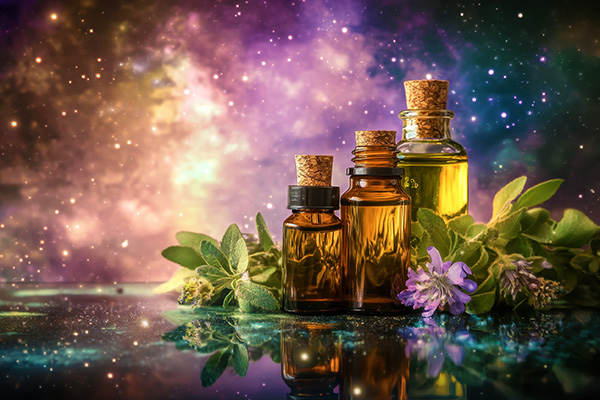 Essential oils have long been sacred allies in spiritual and healing traditions around the world. Extracted from the aromatic essence of plants, these oils carry more than just fragrance; they carry the energetic blueprint and vibrational frequency of their botanical origins.
Essential oils have long been sacred allies in spiritual and healing traditions around the world. Extracted from the aromatic essence of plants, these oils carry more than just fragrance; they carry the energetic blueprint and vibrational frequency of their botanical origins.
In spiritual practice, essential oils are potent tools for emotional alignment, energetic cleansing, and deepening our connection to the self, spirit, and earth, far surpassing their role as mere pleasant scents.
Essential oils act as bridges between the tangible and the intangible. They provide sensory cues that encourage relaxation of the body, focus of the mind, and openness of the spirit. While they don’t replace deep inner work or professional guidance, they provide gentle, supportive energy that enhances existing practices.
The use of essential oils in spiritual practices is anything but modern. Prophets, priests, shamans, and oracles across the ancient world worked with aromatic oils and resins as sacred tools to facilitate divine connection, purification, and inner vision.
In ancient Egypt and the Near East, frankincense and myrrh were revered not just for their fragrance, but for their ability to open spiritual gateways. Frankincense, often referred to as “liquid gold,” was burned in temples and used in rites of passage. Myrrh featured in sacred anointing blends and was considered essential for emotional release and spiritual attunement.
April Showers Bring May, And June Flowers!
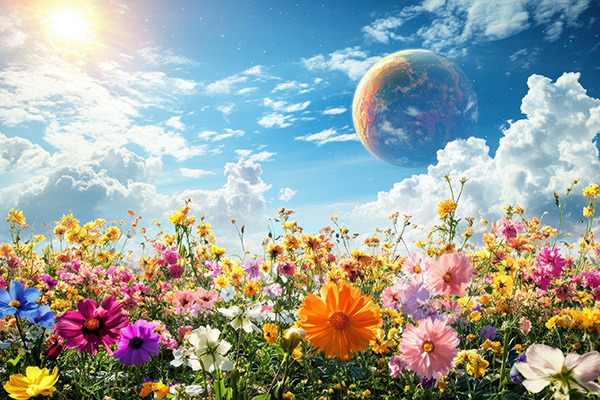 The old saying, “April showers bring May flowers,” reminds us that difficult periods can lead to growth and beauty.
The old saying, “April showers bring May flowers,” reminds us that difficult periods can lead to growth and beauty.
For many, April this year truly felt like an emotional downpour, both internally and externally. It was a time of letting go and confronting old wounds or patterns that no longer served a purpose.
While the skies may not have cleared overnight, we are now entering a new chapter. As we move through late May and look ahead to June, a powerful shift is underway—one that brings hope, clarity, and blooming potential.
April is dominated by Aries season and the intensity of its fiery energy. Ruled by Mars, Aries tends to stir things up, fueling restlessness, frustration, and even conflict. This year, many of us felt an even stronger inner drive than usual to move forward, yet we also encountered lingering emotional blocks or unusual external resistance. For many, it was a month of both internal and external battles where old stories resurfaced to be healed or released.
Taurus season followed, overlapping the end of April and the first few weeks of May. Its slower, earthbound rhythm helped us begin to stabilize — but not without first confronting the emotional residue left behind.
Taurus energy urged us to get grounded, reconnect with our values, and take things one step at a time. This helped to soothe some of the turbulence, but it also highlighted areas of life in which we have been too rigid, stuck, or overly attached to our comfort zones.
Cultivating A Thriving Garden Of The Mind
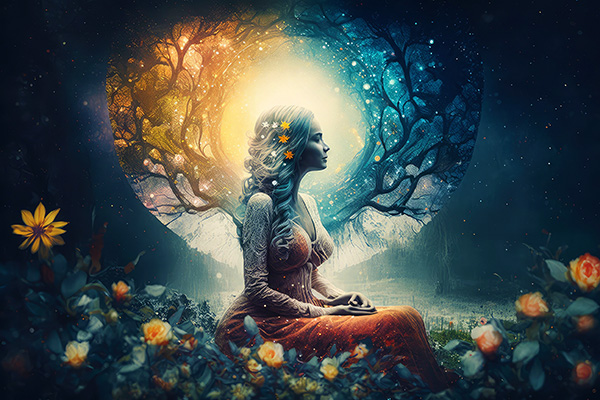 Your mind is like a fertile garden, constantly nurturing and cultivating the seeds of thought you plant each day. Every waking moment your ideas, beliefs, and perceptions take hold and gradually grow into the mental landscape that ultimately shapes your reality.
Your mind is like a fertile garden, constantly nurturing and cultivating the seeds of thought you plant each day. Every waking moment your ideas, beliefs, and perceptions take hold and gradually grow into the mental landscape that ultimately shapes your reality.
If you could take a walk through your “mind garden,” what would you find? Would you see sturdy, thriving trees of faith, hope, and positivity, their roots deeply nourishing the soil of your thoughts? Perhaps vibrant, radiant flowers of joy, abundance and well-being brightening the landscape?
Or would you find brittle branches of lost dreams and dry, withered remnants of unfulfilled hopes? Perhaps the creeping weeds of negativity and doubt smothering your true potential, casting shadows over your hopes and ideals?
I actually do this visualization sometimes as part of my morning meditation practice. I imagine walking through my inner garden, tending to my thoughts and beliefs, nurturing them with faith and positivity, fertilizing those that are flourishing, and pulling out the weeds of doubt, fear, or negativity that had somehow taken root and are no longer serving my highest good.
I also ask for divine guidance, calling on God, my guides and loved ones in spirit to help me recognize innate talents and growth opportunities that I might have overlooked or neglected. Perhaps there are hidden seeds within me that still need to be planted or nurtured. With intention, I also visualize planting new seeds of goodness, self-empowerment, and spiritual expansion.